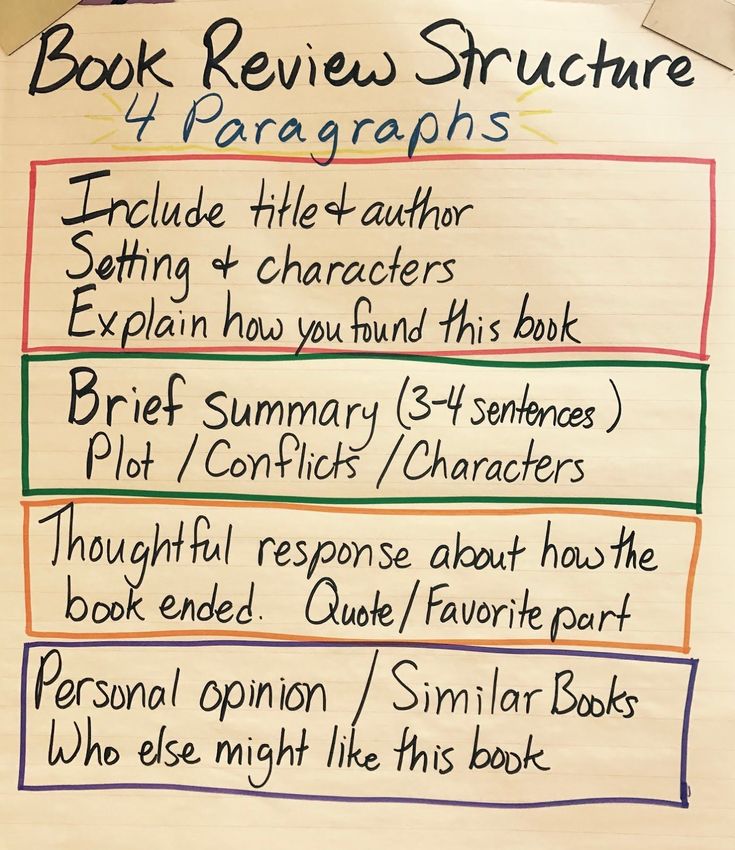Writing a book review for a history book requires a thoughtful analysis of the author's arguments, the accuracy of their research, and the overall impact of the book on the field of history. Here are some steps to help you write a comprehensive history book review:
1. Introduction: Start your review by providing some background information about the author, the title of the book, and the topic or time period that the book covers. You can also mention any previous works by the author that are relevant to the book you are reviewing.
2. Summary: Give a brief summary of the main arguments and themes of the book. Highlight the key points that the author is trying to make and the evidence they use to support their arguments.
3. Analysis: Critically evaluate the author's arguments and the evidence they present. Consider the author's methodology, sources, and interpretation of historical events. Discuss whether the author's arguments are convincing and well-supported.
4. Context: Place the book in its historical context and discuss how it contributes to the existing scholarship on the topic. Consider how the book adds to our understanding of the time period or event it covers.
5. Strengths and Weaknesses: Identify the strengths and weaknesses of the book. Discuss what the author does well and where they may have fallen short. Consider whether the book is accessible to a general audience or if it is more suited for academic readers.
6. Conclusion: Conclude your review by summarizing your main points and offering your overall assessment of the book. Would you recommend it to others? Does it make a significant contribution to the field of history?
7. Proofread: Before submitting your review, make sure to proofread it for any grammatical errors or typos. Ensure that your review is clear, concise, and well-organized.
By following these steps, you can write a thorough and insightful book review for a history book that will help others understand the significance of the work and its contribution to the field of history.

